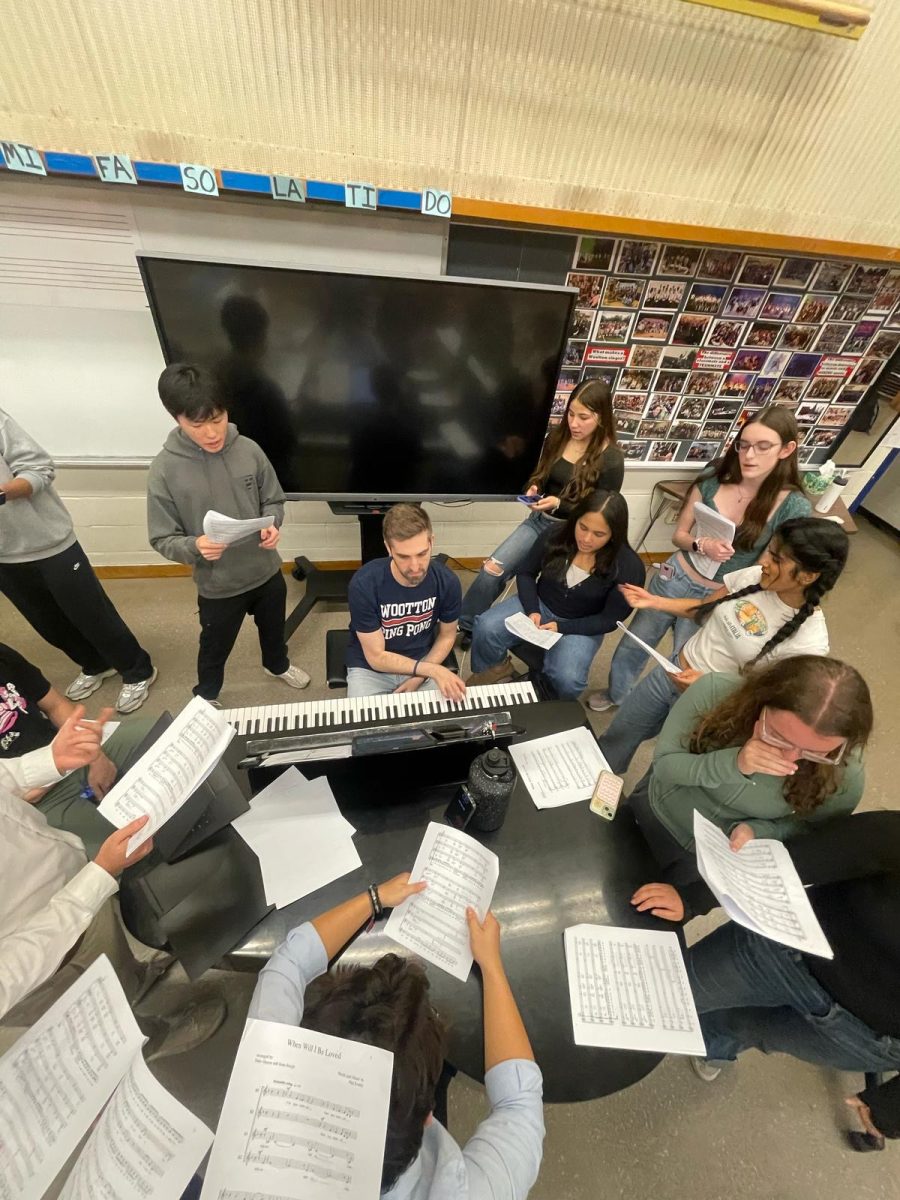School:
Summer time should be spent relaxing, focusing on anything other than school work. Students have the opportunity to take health class during a semester of the school year or during a few weeks of the summer. It is a better idea to take health during the school year to maximize the time students have away from school. Once summertime begins, anything that pertains to school will be irrelevant.
One downside of taking health during the summer is having less down time. Summer is about relieving school anxiety and cutting loose for awhile. Instead of stressing out over homework and tests, students can hangout with friends and do fun activities. Taking another class during the summer would help maintain that high level of stress that no one wants. In addition, once one hits the working world they don’t get a summer break anymore, so they should enjoy it while they can. “Summer is the time to relax and not have to worry about school one bit. I would definitely take health during the school year for that exact reason,” freshman Keyan Roshan said.
Another reason not to take health class during the summer is because it makes getting a job more difficult. Sometimes people use the summer to get job experience and make cash. It helps set people ahead for resumes and gives them a way to start saving money. If one is taking summer classes, it makes their schedule more hectic. Places students would rather work at might not even hire them because of their inability to work certain hours. “ I plan on working during the summer so it would be too difficult to take health class then. I like to spend my time during the summer doing things I enjoy, and school isn’t one of them,” sophomore Haley Scheinberg said.
A major difference between health class during school and in the summer is the length of the class per day. This is a pro, but it can also be a con. With minimal time for study groups, reviewing tests and asking teachers for help, one will be forced to adapt or risk failing. Class time for health during the summer is focused on learning material and there is little free time. The material also comes fast, so if one is not clear on an initial concept, they probably won’t understand the later related concepts.”It helps a lot to be able to work with peers and converse about work and quizzes. Taking health during the summer doesn’t give you the time you need to not stress,” junior John Billingsley said.
If taking health class during the school year and summer both don’t appeal to someone, they always have the option of taking it online. If students want to avoid having to come into school to take the class, they can complete it online in the comfort of their home.
— Aaron Strauss,
Staff Writer
Summer:
Health: the class that is required for graduation, but is only half a semester long and hard to fit in with the rest of the schedule, leaving a hole in schedules waiting to be filled with another semester-long elective. However, there is an option that rising sophomores can take to circumvent this schedule predicament – summer health.
Summer health may sound inconvenient at first, but it saves time for an elective class during the year while getting the health credit out of the way. Also since there are seven different sessions available for summer health, it is quite flexible and can be scheduled to accommodate a vacation.
During summer health, students may choose to take health online from their homes or go to a school campus. Both online and in-person health lasts three weeks, though there are parts that students don’t experience, such as guest speakers for the online-course takers.
Students who choose to take health on-campus will have a teacher guiding the class for the three weeks as well as guest speakers. Each class is made up of about 30 people, contrary to the belief that everyone takes health online or during the school year.
The on-campus class starts at 8:10 a.m. and ends at 1 p.m., about five hours every day for 14 days, not 40 minutes for four months. Each class is filled with class work, videos and guest speakers, nearly everything the semester-long course includes.
Students can also take health online if they don’t want the hassle of driving out to a summer institute location. During the class, students must go to two face-to-face (F2F) meetings on the first and last day of the course, where they meet with instructors at a designated location.
With the online course, students are confined to doing assignments given online by instructors. Students can go at their own pace, but be sure to resist procrastinating.
The online option is more flexible, having five different sessions to choose from and two F2F meetings time options per session. Online health is good for working around pre-planned vacations. A student could work, and get credits, as well as enjoy a vacation.
Though the summer health program has a tuition of $300, the ability to place a full-year class into the school year is more useful for anyone who doesn’t want to waste a semester learning something that can be learned in three weeks. Anyone who wishes to take summer health but has a limited income may be eligible for a tuition waiver that.
If students plan to take health over the summer, especially online health, registration must be completed as soon as the registration is open. The classes fill up weeks before the registration closes, and online health is already full for this summer.
— Patrick Liu,
Staff Writer








